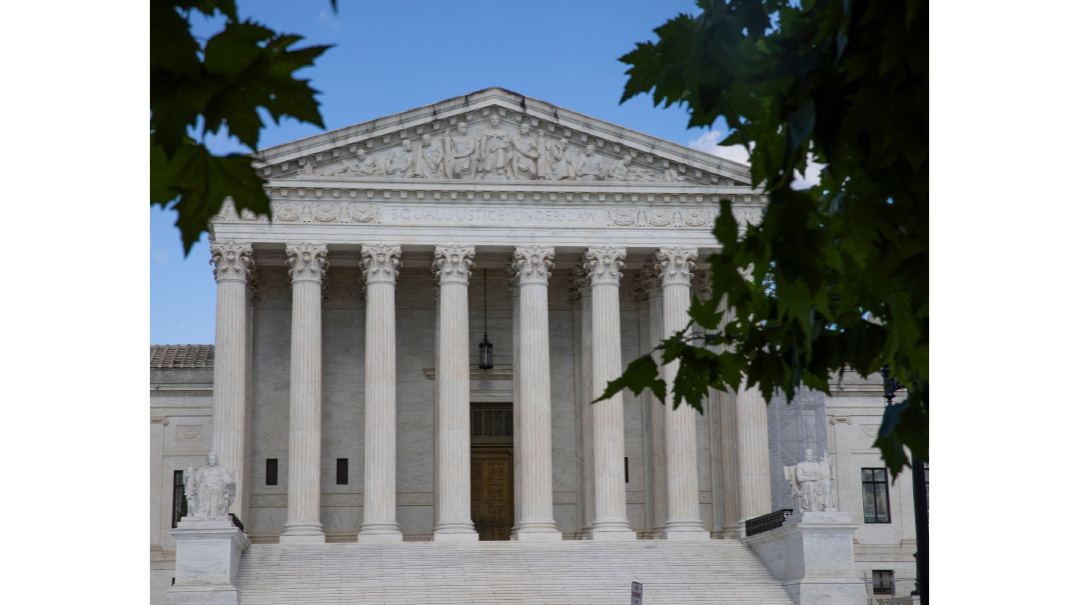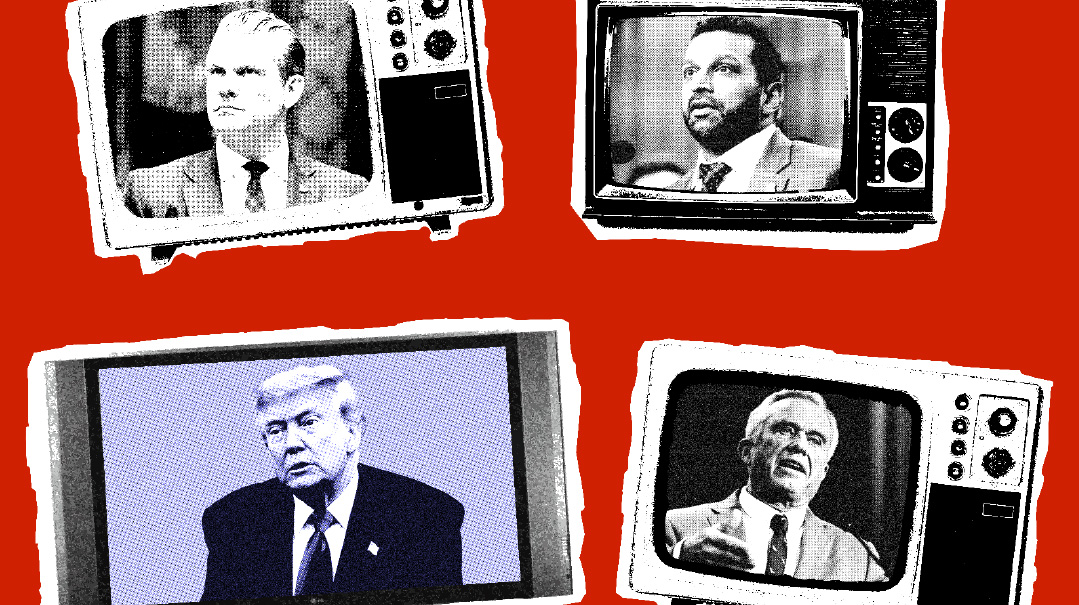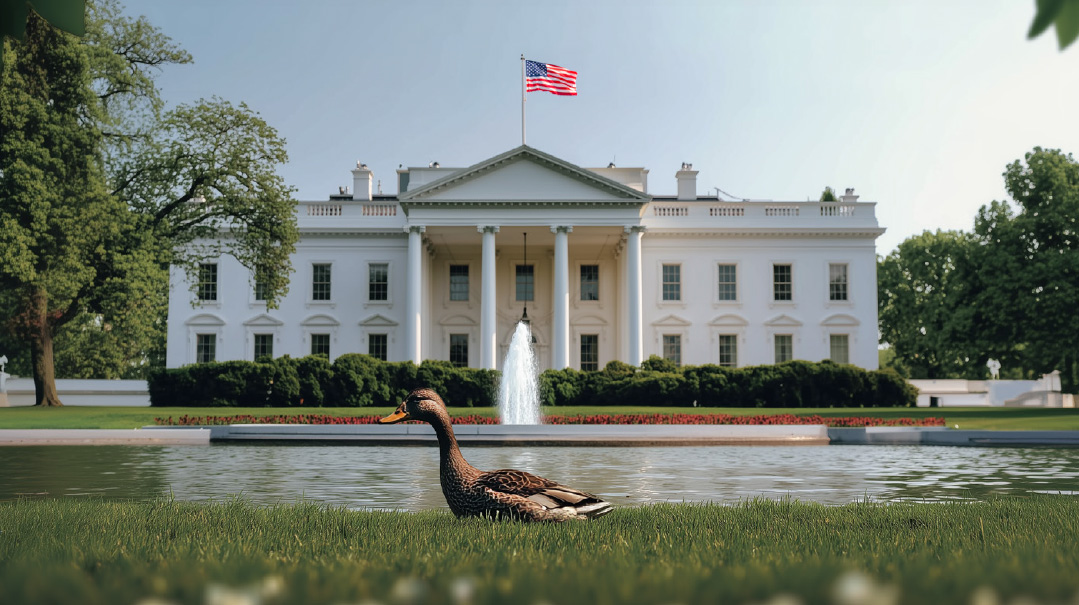The Limits of Executive Power

Federal judges blocked a flurry of Trump executive orders last week

PHOTO: SHUTTERSTOCK / AASHISH KIPHAYET
The president was frustrated. He believed he had the power — in fact, the right — to fire a member of the government. Exercising the power of his office, he fired a member of the Federal Trade Commission. But the Supreme Court thought otherwise, overturning his authority and setting back his overall plans. The president watched three of his most important decisions be overturned that day by the court.
We aren’t talking about President Trump and his recent battles with federal judges, but Franklin D. Roosevelt (FDR), whose duels with the judiciary were fought almost 90 years ago. History repeats itself.
Federal judges blocked a flurry of Trump executive orders last week. The first was Trump’s executive order to end automatic citizenship for babies born on American soil. A judge immediately overturned the order, stating, “This is a blatantly unconstitutional order.”
The second was Trump’s pause on trillions of dollars in government spending. Another federal judge blocked that order. By the time of this writing, there was a third order and possibly a fourth one that judges were indicating they would overturn.
The Trump administration signaled it would appeal all of these, but it must be frustrating to issue executive orders and watch them get overturned again and again. FDR hadn’t just issued executive orders but had actually gone forth and passed sweeping legislation that the courts overturned.
What’s a president to do? There are three things to realize about the current faceoff.
- Separation of powers: Many Americans understand that the Constitution established three branches of government: judicial, executive, and legislative. But the framers didn’t figure out how they would work together. It took the Marbury vs. Madison decision, authored by by John Marshall, the longest serving Supreme Court Justice in American history, to sort that out. In that decision, issued during Thomas Jefferson’s presidency, the justices ruled that the judicial branch had the power to overturn laws they found violated the Constitution.
It’s critical to understand that this judicial power isn’t going away. This battle between courts and presidents has been raging for over 200 years.
- Options: When a court blocks or overturns a presidential action, the executive branch has options for dealing with it, such as the appeals process. What I keep hearing is that the Trump administration hopes these decisions can be appealed to higher courts, specifically the Supreme Court, which has a supermajority of conservative justices. If the administration were to win at the Supreme Court, it would establish precedents allowing a stronger executive power to issue orders.
- War: Trump may decide, like FDR did, to wage open war with on the courts. After his frustration with the Supreme Court boiled over, FDR announced a “court-packing” plan that would have increased the number of justices beyond the traditional nine, allowing his policies and orders to speed through. If Trump were to do this, he would either advocate for changing parts of the judicial system or adding to it.
What happens? I can’t see a scenario in which Trump goes to war with the judicial system. FDR lost that war and damaged his political credibility. The legislative branch felt equally attacked and didn’t support FDR’s plan.
Trump, unlike FDR, has a very favorable Supreme Court. If he can wait until his cases get to the Supreme Court, many of his decisions will likely sail through. That being said, some of his decisions will be deemed unconstitutional. He will then either make adjustments to them so they pass muster, or admit that certain orders were merely intended to spark debate and not to actually pass.
POLITICAL INTEL
Trump’s Federal Shake-Up
As part of his project to downsize the government, Trump offered a sweeping buy-out to federal employees. While many may feel this is a long overdue move, I am hearing two words from friends in DC: chaos and fear. The chaos comes from the reality that many government programs can’t simply be turned off; they have recipients who rely on them and need to be gradually scaled back. The fear comes from the reality that there may be over 3 million federal employees, not to mention all the government contractors affiliated with these agencies. Yes, our government is far too big, but each program has people who rely on these jobs and many more who would be impacted by their closure. I suspect there is going to be a lot more thought put into what is cut and paused.
A Must-Watch Senate Race in Michigan
I feel like we just stopped talking about Michigan’s political intrigue of being a swing state, and here we are again. Senator Gary Peters, a Democrat, shocked Washington by announcing his retirement at the end of 2026. The Democratic Party can’t afford to lose this seat. What makes it interesting is that Trump won Michigan — but so did Democrat Elissa Slotkin, now a senator. Slotkin only beat her Republican opponent Mike Rogers by 19,000 votes, and he’s talking about running again. This is going to be an epic battle and a must watch.
FEARLESS FORECAST
Scorecard
Good prediction: I picked right in the last forecast when I predicted that Ken Martin would be the new leader of the Democratic National Committee.
Bad prediction: I continue to regret my December political forecast that Gavin Newsom would be a front-runner in 2028. It was a terrible prediction and looks worse by the day. Political insiders are telling me that his handling of the California wildfires has jeopardized his chances.
This Week’s Picks
Rubio deftly handles negotiations over the Panama Canal: The most prominent battle that the new secretary of state is going to tackle is negotiating lowering fees in the Panama Canal. I suspect there will be a lot of press on this, but Rubio comes out with an early win in this delicate diplomacy.
Crypto Funders Become the Story: The crypto coin industry spent massively in 2024 and are now vowing to spend again in 2026. A reported $116 million has been raised by this industry already for 2026. That’s a mind-boggling number so early in the political cycle. I believe that this industry continues to be a major force in politics.
(Originally featured in Mishpacha, Issue 1048)
Oops! We could not locate your form.







